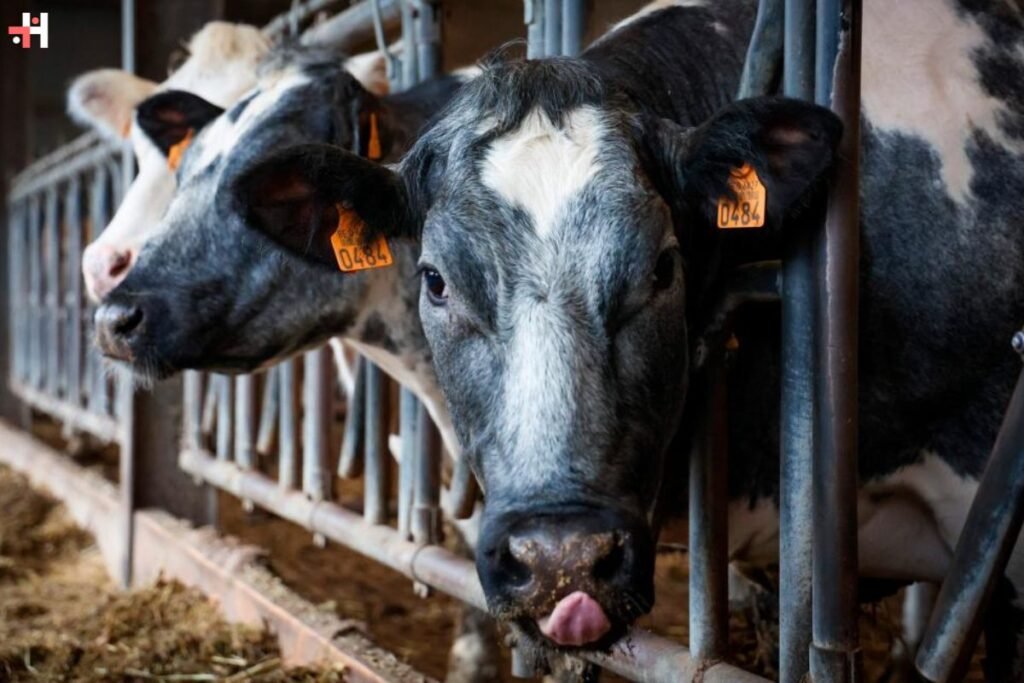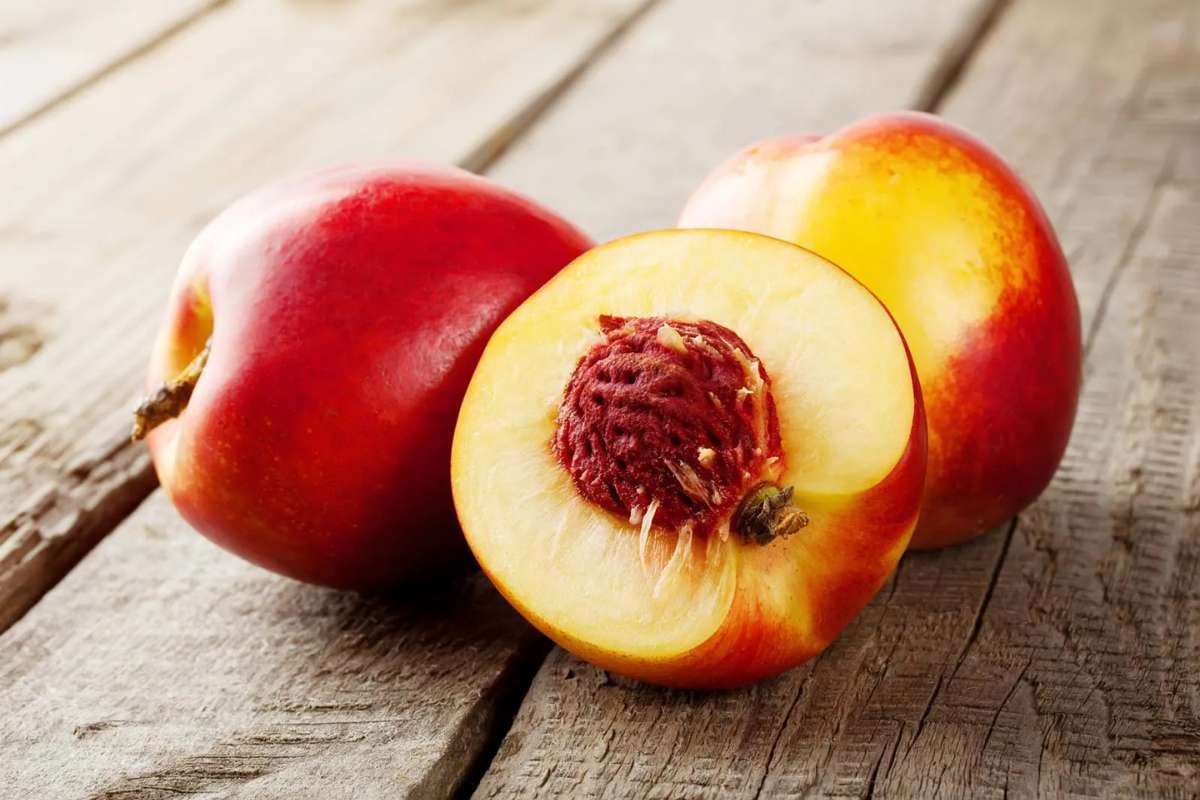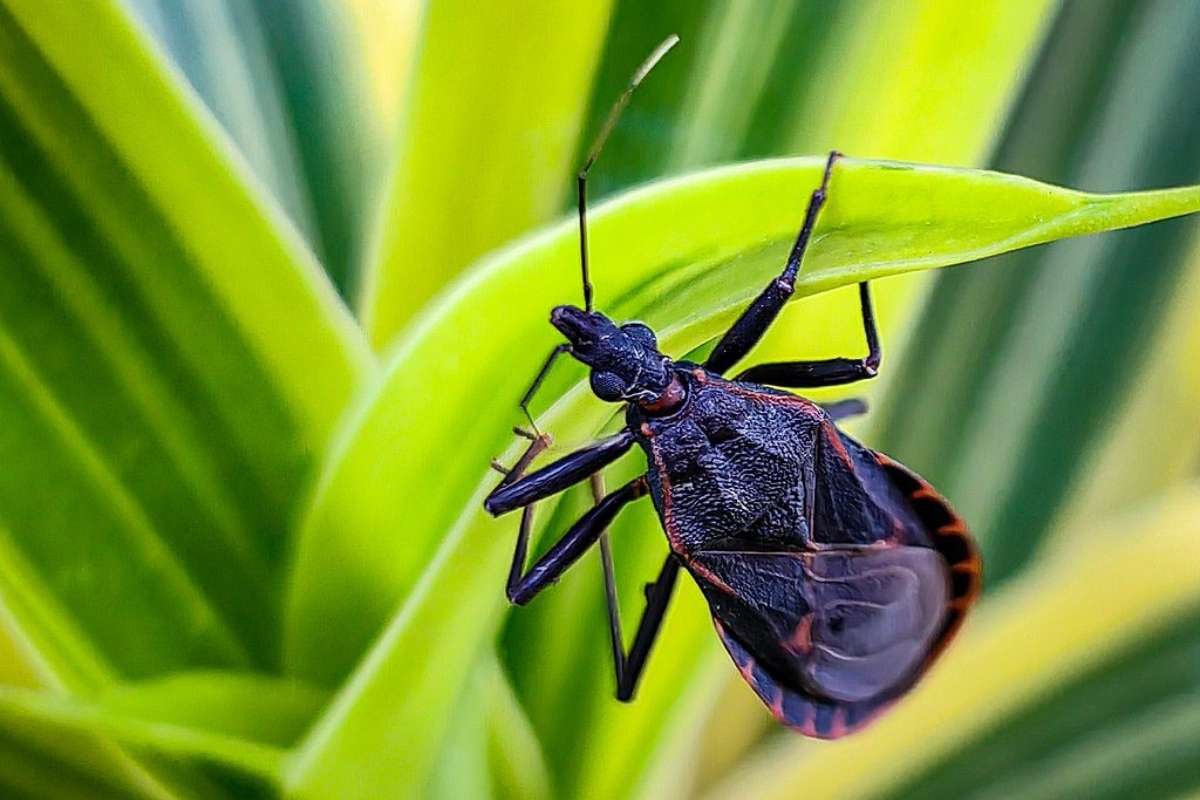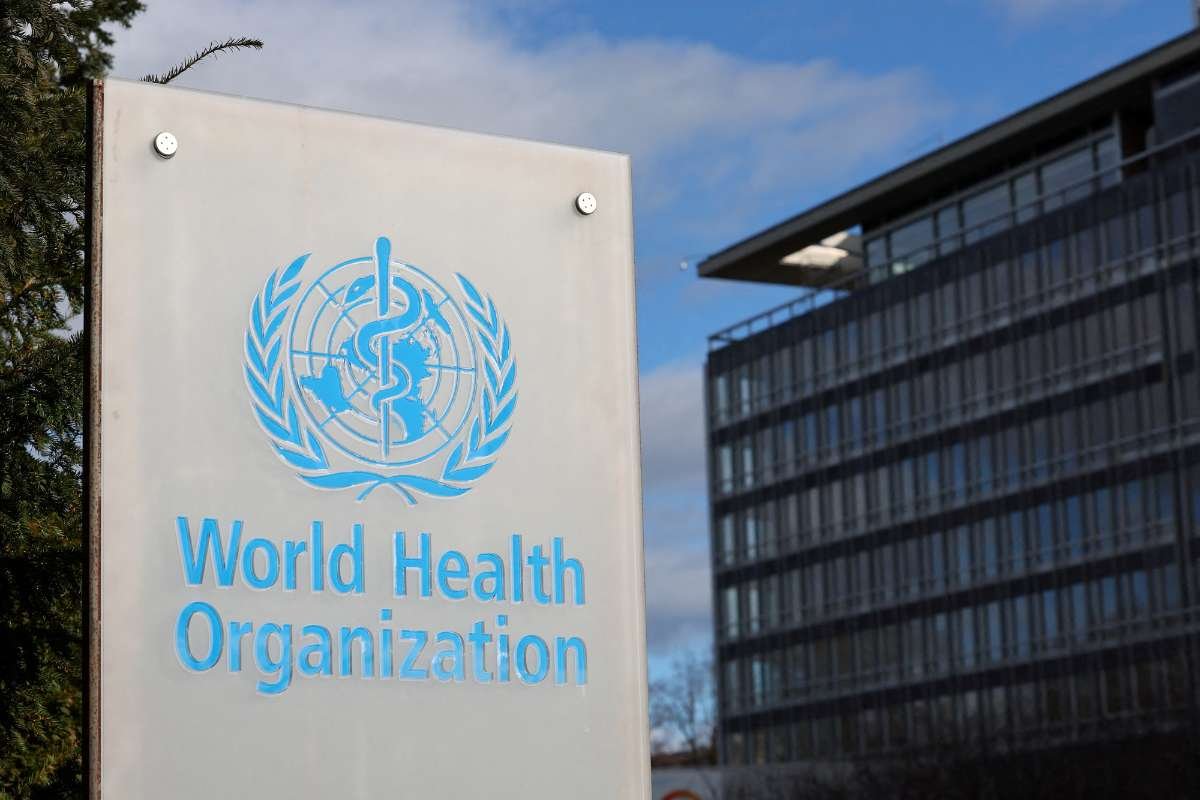(Source-Vanguard-News)
Colorado Dairy Worker Infected
The United States has reported its fourth human case of bird flu, involving a dairy worker in Colorado. This latest case comes as officials strive to expand vaccine availability, commercial testing, and financial aid for affected farmers. The infected worker, who was in close contact with cows that had tested positive for H5N1, exhibited only “eye symptoms,” according to the Centers for Disease Control and Prevention (CDC). The worker took antiviral medication and has since recovered. The CDC is now sequencing the virus sample to check for any concerning mutations.
The CDC has monitored over 780 people for symptoms of H5N1 this year, with at least 53 tests conducted, primarily in Michigan. Colorado currently has the highest number of affected herds, according to the US Department of Agriculture (USDA). Additionally, a cat in Colorado tested positive for the virus, despite no known contact with poultry or dairy operations. The only previous human case in the US was also detected in Colorado in 2022, involving an incarcerated person exposed to the virus while culling infected poultry.
Bird Flu Vaccine Development and Expansion
In response to the recent outbreak, US officials announced plans to increase the supply of H5N1 vaccines and expand testing availability. The US is partnering with Moderna to develop and manufacture mRNA bird flu vaccines if needed, with safety and efficacy trials expected to begin next year. The US has also ordered 4.8 million doses of another H5N1 vaccine, expected to be available by mid-July. These vaccines will need FDA approval before being administered to people. Although the risk to humans remains low, officials have not recommended H5N1 vaccines for the general population at this time.
Officials are considering using influenza antivirals to prevent the transmission of H5N1, should it mutate to become more transmissible among humans. “The vaccines tend to be better at preventing severe disease rather than transmission,” said Nirav Shah, principal deputy director of the CDC. Expanding test availability could make testing more accessible and faster, with the CDC working to share its test designs with commercial companies. Currently, the US has about 750,000 H5N1 tests, with an additional 1.2 million expected in the next two to three months, all conducted in public health laboratories.
Financial Assistance for Farmers
On Monday, the USDA launched a financial assistance program for dairy producers with H5N1-positive herds. While infected cows usually survive, their milk production often declines, resulting in lost income. The new program allows dairy farmers to apply for federal assistance, similar to existing programs for poultry farmers. Experts hope this will encourage producers to test their herds and help contain the spread of bird flu. Six states have enrolled in the USDA’s voluntary dairy herd status pilot program, and 24 herds are participating in financial support programs to enhance biosecurity and testing.
Biosecurity and Future Research
Bird flu vaccines for cows are also being studied, but their development will take time. Eric Deeble, acting senior adviser for the USDA’s H5N1 response, emphasized the importance of biosecurity measures, such as limiting farm access and disinfecting equipment and clothing. Studies indicate that people are spreading the virus between farms via shared workers, cows, vehicles, and equipment. The USDA is committed to stressing biosecurity to prevent further outbreaks and protect both human and animal health.









